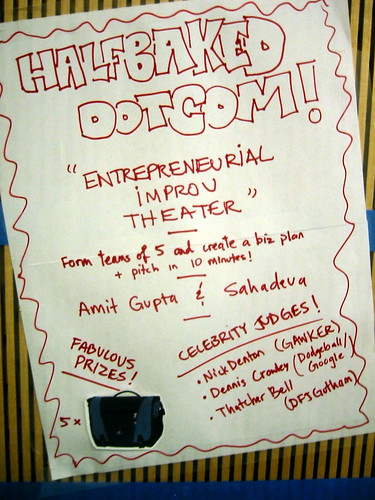I was in Las Vegas last weekend for the Information Architecture Summit. It’s a great balance of intellectual stimulation and after-hours fun, and the only problem with the record attendance is not spending time with all the wonderful people there.
I’ve gone the past several years, and it’s interesting to see the community maturing both personally and professionally. For example, I led a workshop on Internet business strategy and feared this audience might not want to stray far from the tactics of business, but I was happily surprised by the rich discussion.
Here’s the materials from a few sessions I found most useful…
- Chris Fahey’s Interaction Design Style
- Alex Kirtland’s Introduction to Prediction Markets
- Jess McMullin’s Project Touchstones
- Rashmi Sinha’s story of moving from designer to CEO
And a couple I missed but everyone was talking about…
- Stephen Anderson’s Creating the Adaptive Interface
- Andrew Hinton’s Architectures for Conversation



